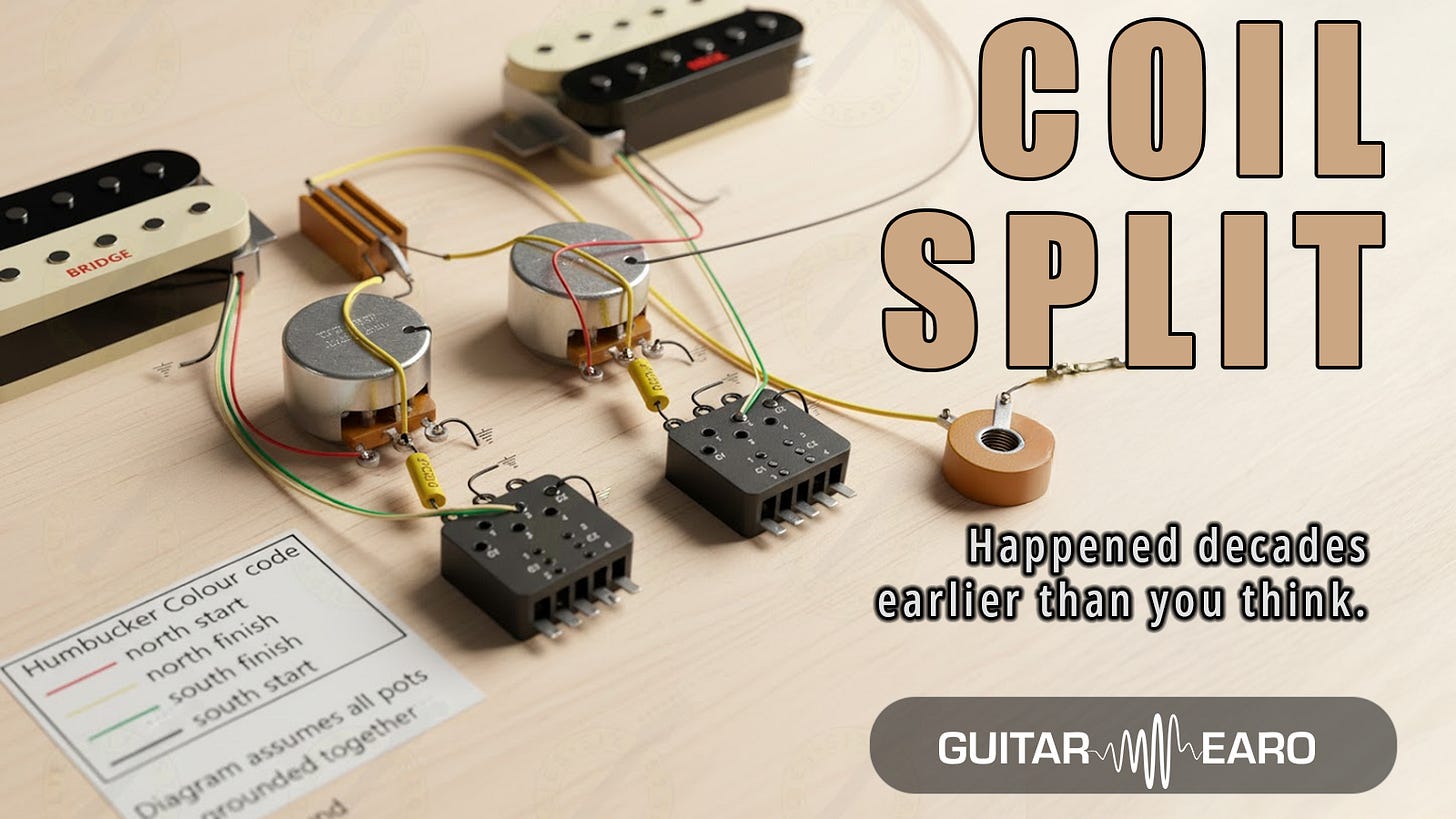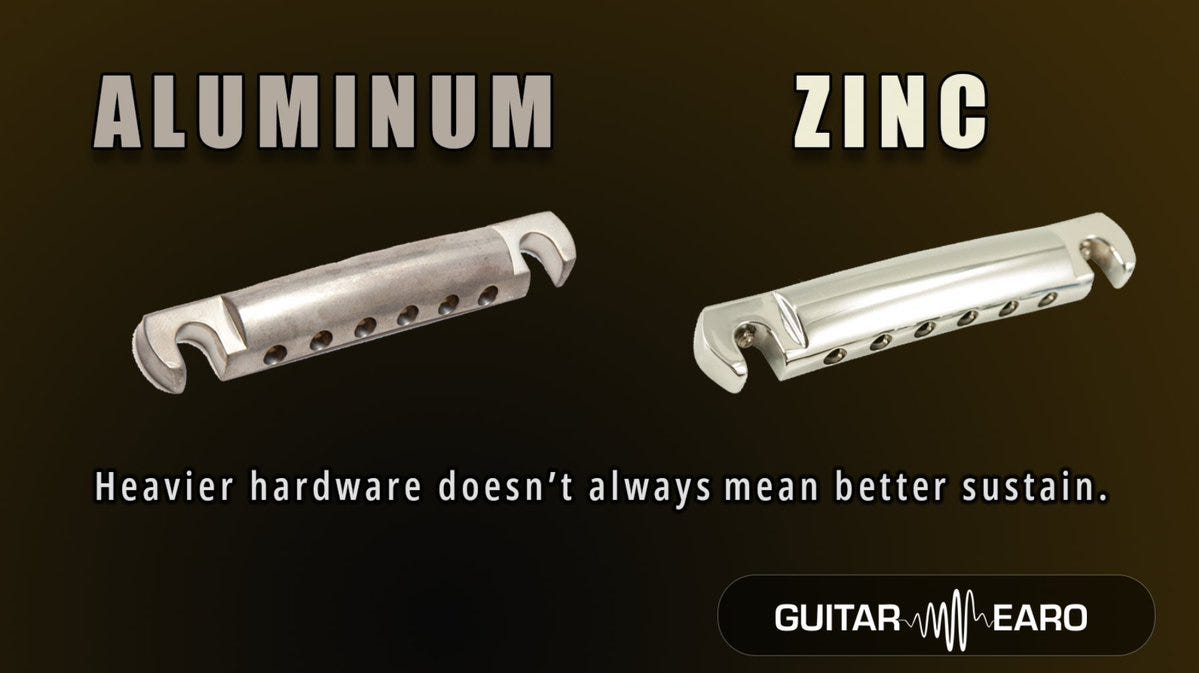The Fender Telecaster is known for two things: simplicity and twang.
But for about one year, from mid-1958 to mid-1959, Leo Fender quietly altered a fundamental design feature.
The result was a Telecaster that looked the same, but felt and sounded different enough to spark decades of debate.
The Switch: String-Through to Top-Loader
Since its 1950 debut, the Telecaster’s <a href="hardtail-vs-tremolo-does-the-bridge.html">bridge</a> design had been consistent: strings passed through the body and over a steel bridge plate before reaching the saddles. This string-through construction was central to the guitar’s tight feel and signature snap.
But in 1958, Fender changed course. New Telecasters shipped with “top-loading” <a href="hardtail-vs-tremolo-does-the-bridge.html">bridge</a>s, where strings anchored directly on the bridge plate rather than going through the body.
The reasons were likely pragmatic, streamlining assembly or reducing manufacturing costs, but the change was a departure from Leo’s tone-first design ethos.
The Player Reaction
The difference was immediate.
Feel: Top-loaders had lower string tension, making them feel slinkier and easier to bend. Some described the action as “rubbery.”
Tone: Many players thought the guitars lacked the aggressive attack and <a href="do-heavier-guitars-actually-sustain.html">sustain</a> of the string-through design. Notes “walked up” rather than “snapped.”
Within a year, the backlash was strong enough that Fender reinstated the string-through body.
The Hybrid Years (1959–62)
Because Fender already had stockpiles of top-loader <a href="hardtail-vs-tremolo-does-the-bridge.html">bridge</a>s, the company began drilling them with both sets of holes, top-load and string-through. These hybrid plates appeared on Telecasters well into the early 1960s, making them a curious detail for collectors today.
The Cult of the Top-Loader
While most players in 1959 abandoned the top-loader, the story didn’t end there.
Guitarist Jim Campilongo famously plays a 1959 top-load Tele, praising its slinky feel and describing it as especially good for behind-the-nut bends. He argues the top-loader has its own kind of twang, less sharp, more elastic.
This shows that even design “mistakes” can find new life when embraced by inventive musicians.
The Verdict
The consensus among tone purists is unchanged:
String-through Telecasters deliver the strongest attack, <a href="do-heavier-guitars-actually-sustain.html">sustain</a>, and the archetypal Fender twang.
Top-loaders are a fascinating footnote, offering unique playability and an alternative tonal feel.
For some, that one-year deviation was a failure. For others, it became a hidden gem.
Takeaway
The Telecaster’s brief flirtation with top-loading is more than an oddity. It illustrates how even small mechanical changes, just a few millimetres in string anchoring, can alter both feel and tone in profound ways.
One year of design, one year of backlash, and a legacy that still divides players 65 years later.
If you enjoyed this myth-busting dive, subscribe to Guitar Earo on Substack for more technical explorations of guitar physics and design.
🎸 Learn the Tone. Save the Sound.




